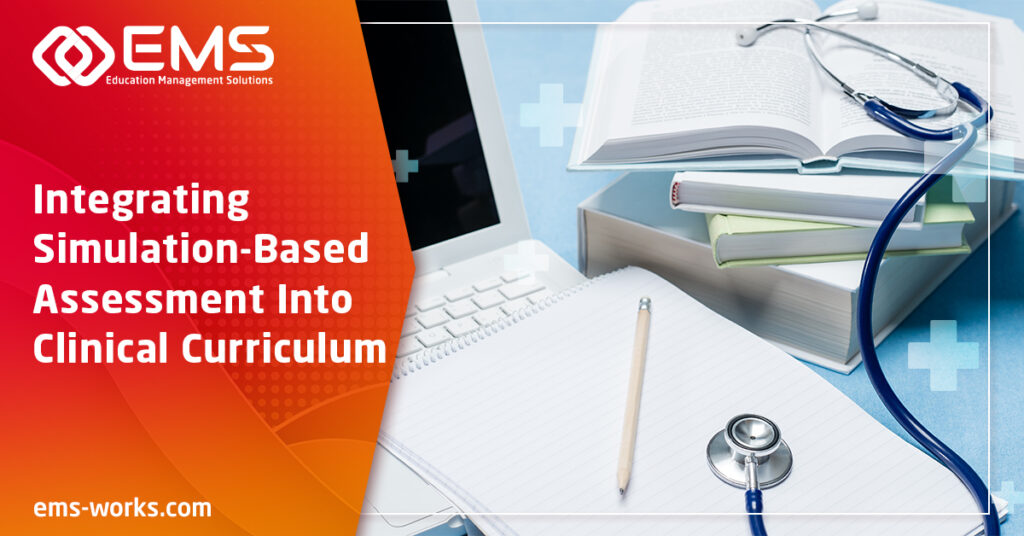Through realistic, hands-on experiences that mirror actual clinical encounters, healthcare simulation empowers educators to evaluate learners with greater accuracy, consistency, and depth. But as simulation technology advances and competency-based education becomes the norm, integrating assessment into clinical curricula is no longer optional—it’s essential. Below, we share practical steps for educators to successfully embed simulation-based assessment into their programs.
1. Define Clear Learning Outcomes and Competencies
Begin with the end in mind. Identify the clinical skills, professional behaviors, and knowledge areas your learners should master. Collaborate with faculty, clinicians, and accreditation bodies to ensure simulation scenarios and assessments align with curriculum goals. Well-defined learning outcomes will drive scenario creation and assessment criteria.
2. Select Appropriate Simulation Modalities
Not all competencies require the same simulation methods. High-fidelity mannequins are excellent for acute care and technical skills, while standardized patients (SPs) excel at teaching communication and history-taking. Be sure to choose modalities that best match your assessment objectives and available resources.
3. Develop Valid and Reliable Assessment Tools
Develop clear rubrics, checklists, and rating scales to objectively measure learner performance during simulation. Validation of these tools is critical—pilot test them with faculty and learners, and revise as needed.
Examples:
- Critical action checklists for emergency scenarios
- Communication rubrics for SP interviews
- Procedural skill rating scales
4. Integrate Assessments Seamlessly Into Curriculum
Simulation-based assessments should complement classroom, clinical, and laboratory experiences, rather than compete with them. Schedule assessments at key transition points—before entering clinical rotations, after completing a module, or as part of capstone projects.
5. Provide Effective Feedback and Debriefing
Constructive feedback following simulation is essential for learner growth. Use structured debriefing methods (such as the PEARLS framework or Plus/Delta) to facilitate reflection and reinforce learning.
Key elements:
- Specific, actionable feedback
- Learner self-assessment opportunities
- Focus on strengths and areas for improvement
- Safe and supportive learning environments
6. Utilize Data for Continuous Improvement
Collect and analyze assessment data to identify trends, strengths, and curriculum gaps. Use this information to refine simulation scenarios, assessment tools, and instructional methods. Involve faculty and learners in quality improvement efforts.
Integrating simulation-based assessment into clinical curricula requires thoughtful planning, collaboration, and a commitment to continuous improvement. By acknowledging these practical steps, educators can create a robust, learner-centered program that equips tomorrow’s healthcare professionals for clinical excellence—and ultimately, better patient care.

